Why a 2wt ESN Rod Could Be Your New Favorite for All Things Trout
Searching for a fly rod that does it all? You’re not alone. Every trout angler dreams of finding the one perfect rod, even though we know it doesn’t truly exist. Most of us have a couple of favorites in our collection, but there’s usually one we wish could be the go-to for everything. For me, that rod is my 10-foot 2wt ESN rod. Here’s why it’s so special:

Effortless Casting Pleasure
What I love most about my 2wt ESN rod is how effortlessly it casts, whether I’m Euro nymphing or using a traditional fly line. The softer action of this rod loads with ease, making it perfect for tossing small bead-head nymphs or dry flies on a lightweight line with a simple flick. And casting long distances with minimal arm and shoulder effort feels like pure bliss, especially on those long fishing days.

Unmatched Versatility
This rod’s versatility has transformed my approach, streamlining the gear I carry since a solid 2wt ESN rod handles both tightline techniques and WF floating line beautifully when fish are feeding on the surface. With just one rod and two reels (or an extra spool), I can seamlessly switch between Euro nymphing, dry flies, and indicator nymphing—making it a true all-in-one tool.

ESN rods, by design, offer greater versatility than traditional fly rods, especially when it comes to line control with either a floating fly line or Euro nymph line. A standard 9' rod, in contrast, tends to struggle with tightline techniques where reach is critical, and it lacks the finesse needed for Euro nymphing.
The 10-foot rod is a standout feature for Euro nymphing, as it lifts the line off the water for a perfect, drag-free drift. The 2wt action manages small, weighted flies more effectively than heavier 3wt or 4wt ESN rods, and its softer action provides a deeper bend to protect light tippet for fewer break-offs.
When it comes to floating line, 10-foot ESN rod makes casting and mending significantly easier than a standard 8 or 9-foot rod, offering improved line control with its extra reach.
Fighting Large Trout
The challenge with all lighter weight rods is managing larger trout. However, a 10’ 2wt ESN rod excels over a standard 2wt because it has a stiffer mid and butt section giving it the capacity to handle larger fish.
Experienced anglers can maneuver both themselves and the fish for an ideal netting angle, whereas a beginner might find it easier with a heavier weight rod and larger tippet to "winch" a big trout in. Still, the finesse and sensitivity of a 2wt ESN allow skilled anglers to handle large fish effectively while amplifying the thrill of smaller catches.
If you typically use a 2wt rod for trout under 14 inches, switching to a 10’ 2wt ESN rod gives you the flexibility to target fish a few inches larger—especially if you have solid fighting skills.
When choosing the right fly rod, think about the flies you use, the conditions of the water you fish, and the size of trout you’re after. Do you mostly fish nymphs or dry flies? Prefer indicator nymphing or tight line techniques? For me, the 2wt ESN rod checks nearly all the boxes—it’s the ideal "do-it-all" rod for most trout fishing scenarios. While no rod is perfect for everything, the 2wt ESN comes remarkably close, offering versatility and finesse that handle everything from delicate dry fly presentations to tightline nymphing with ease.
By Jeff Sasaki, fishing guide and product designer for MAVRK Fly Fishing

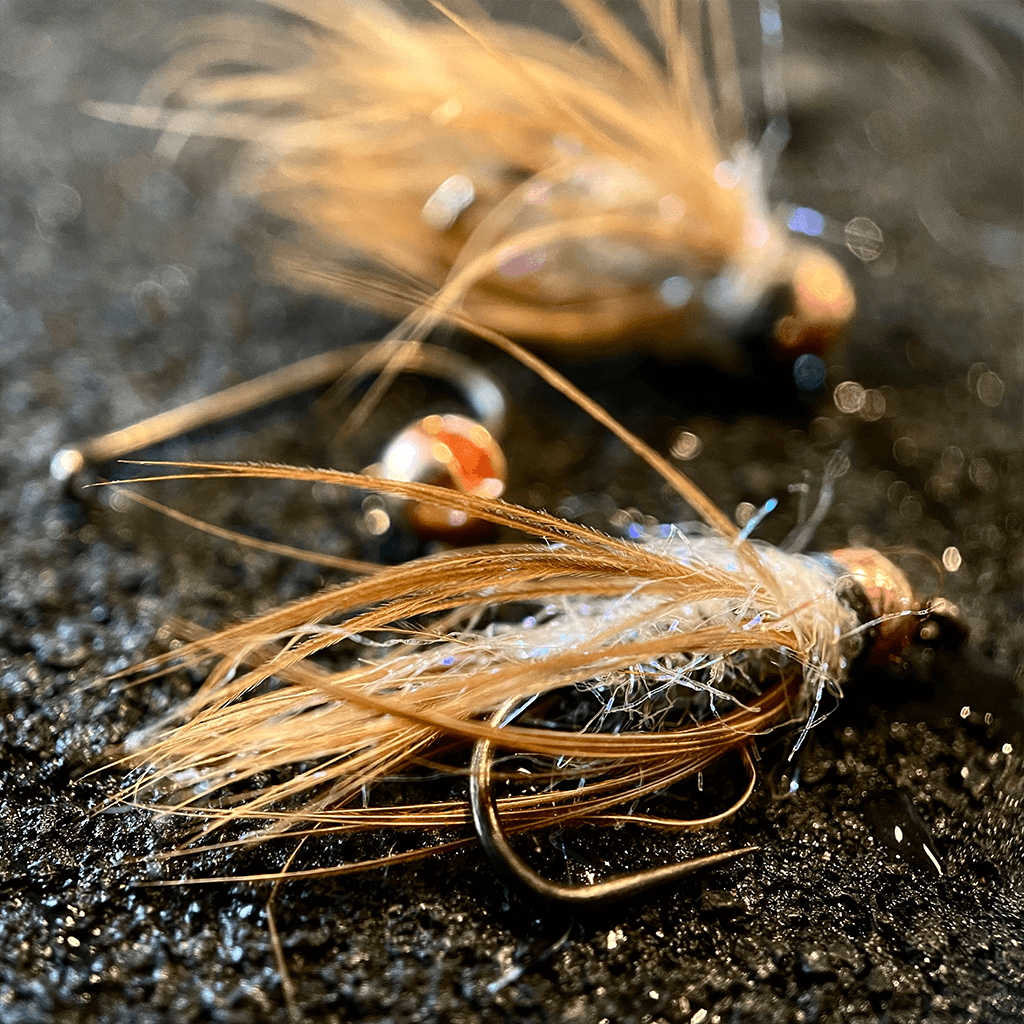
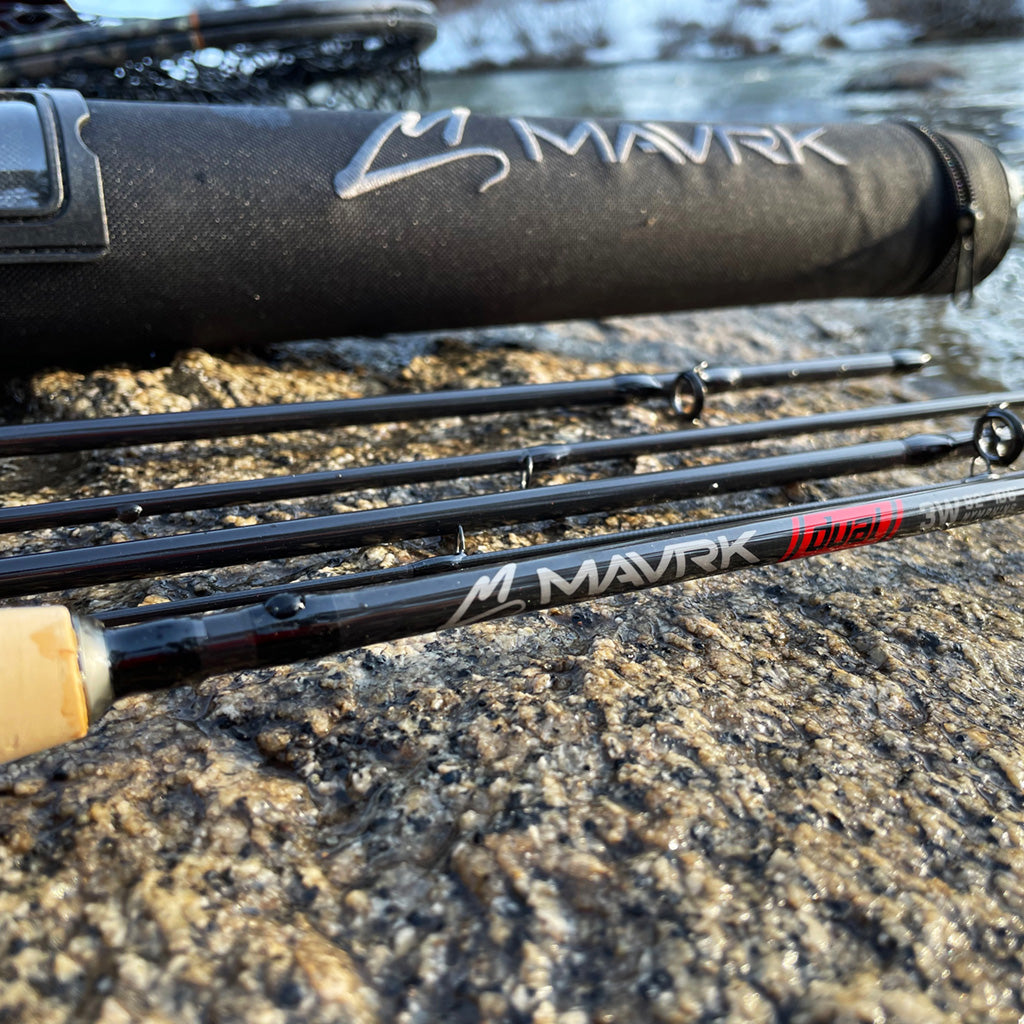
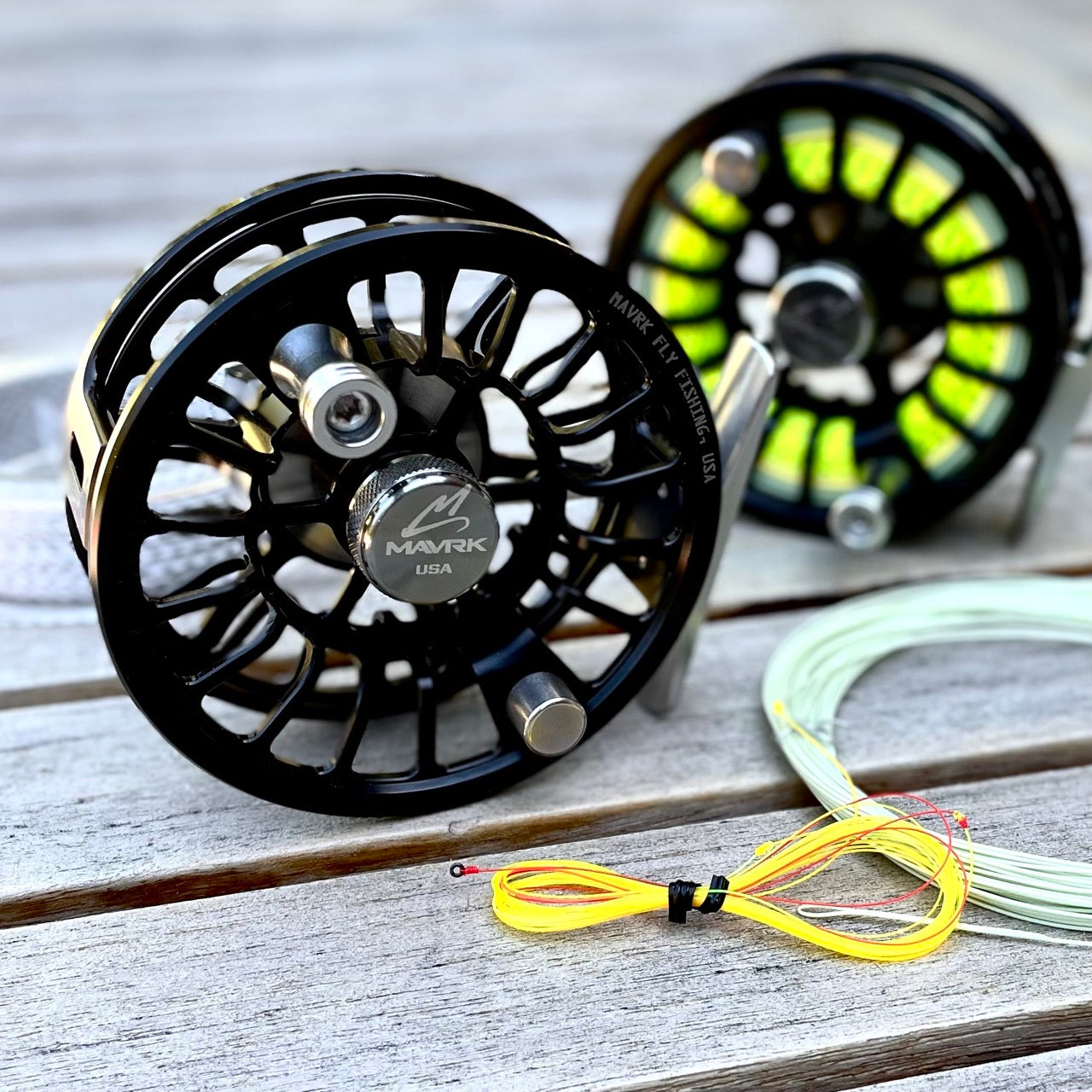
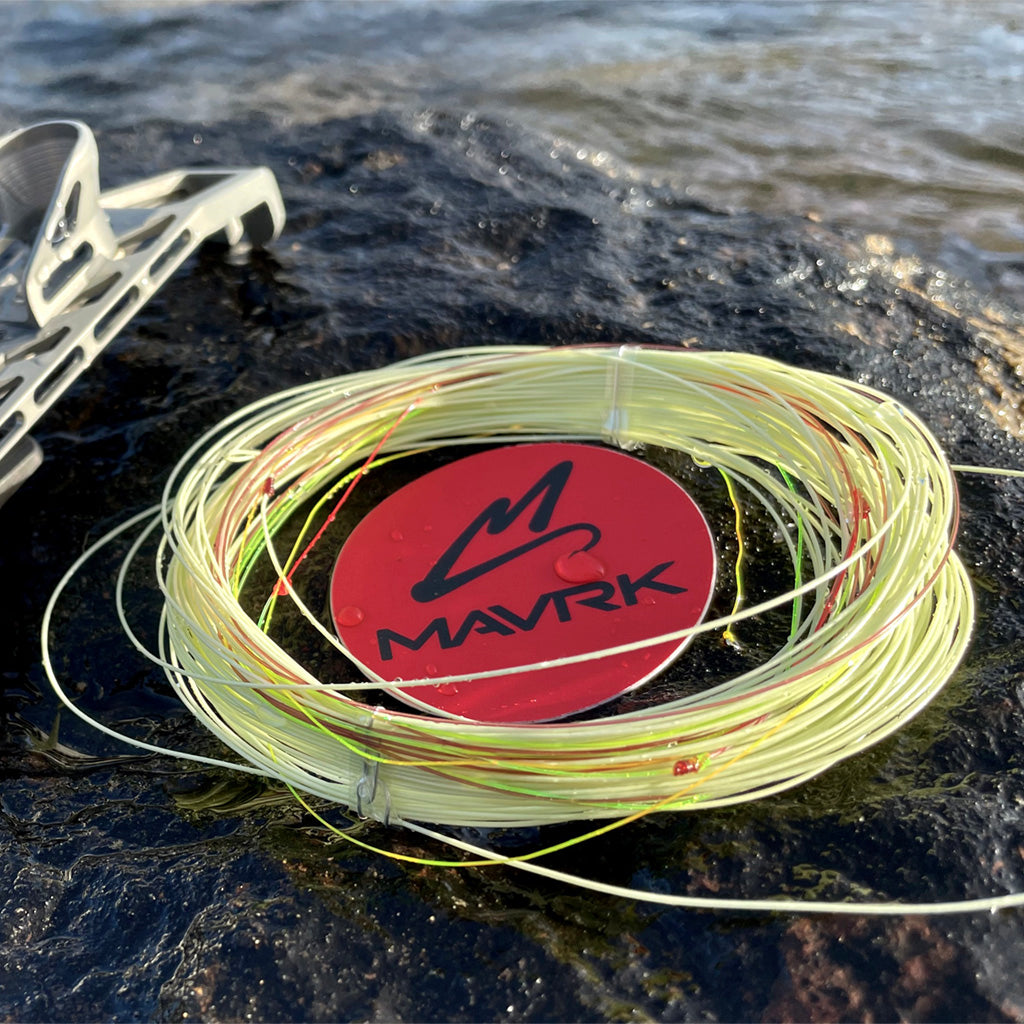
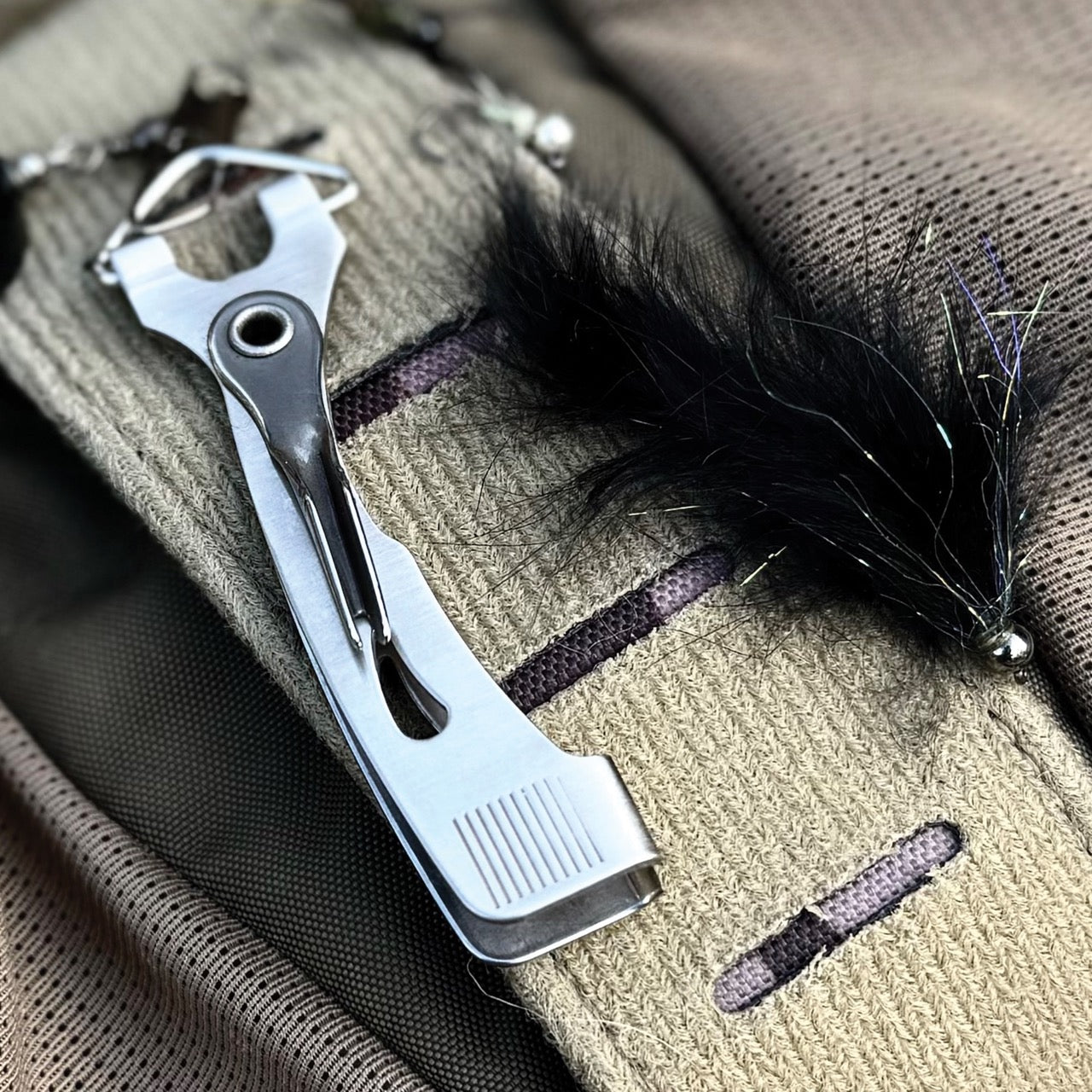
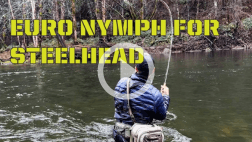
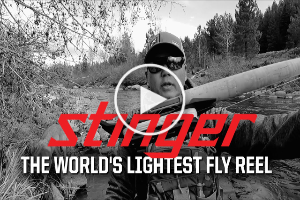

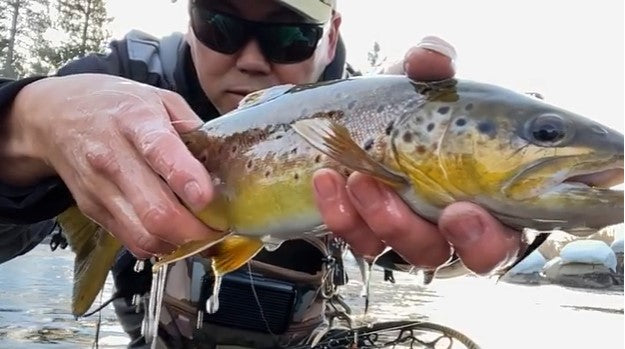
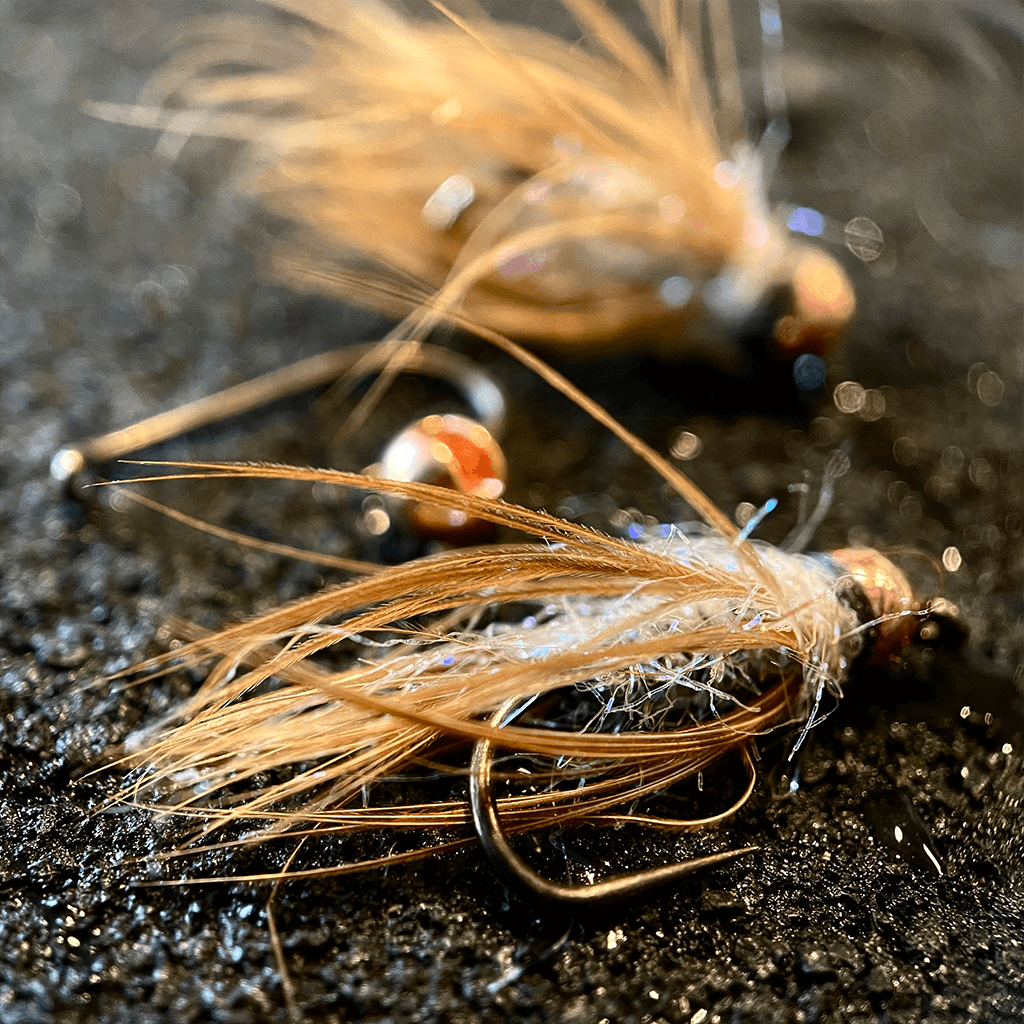


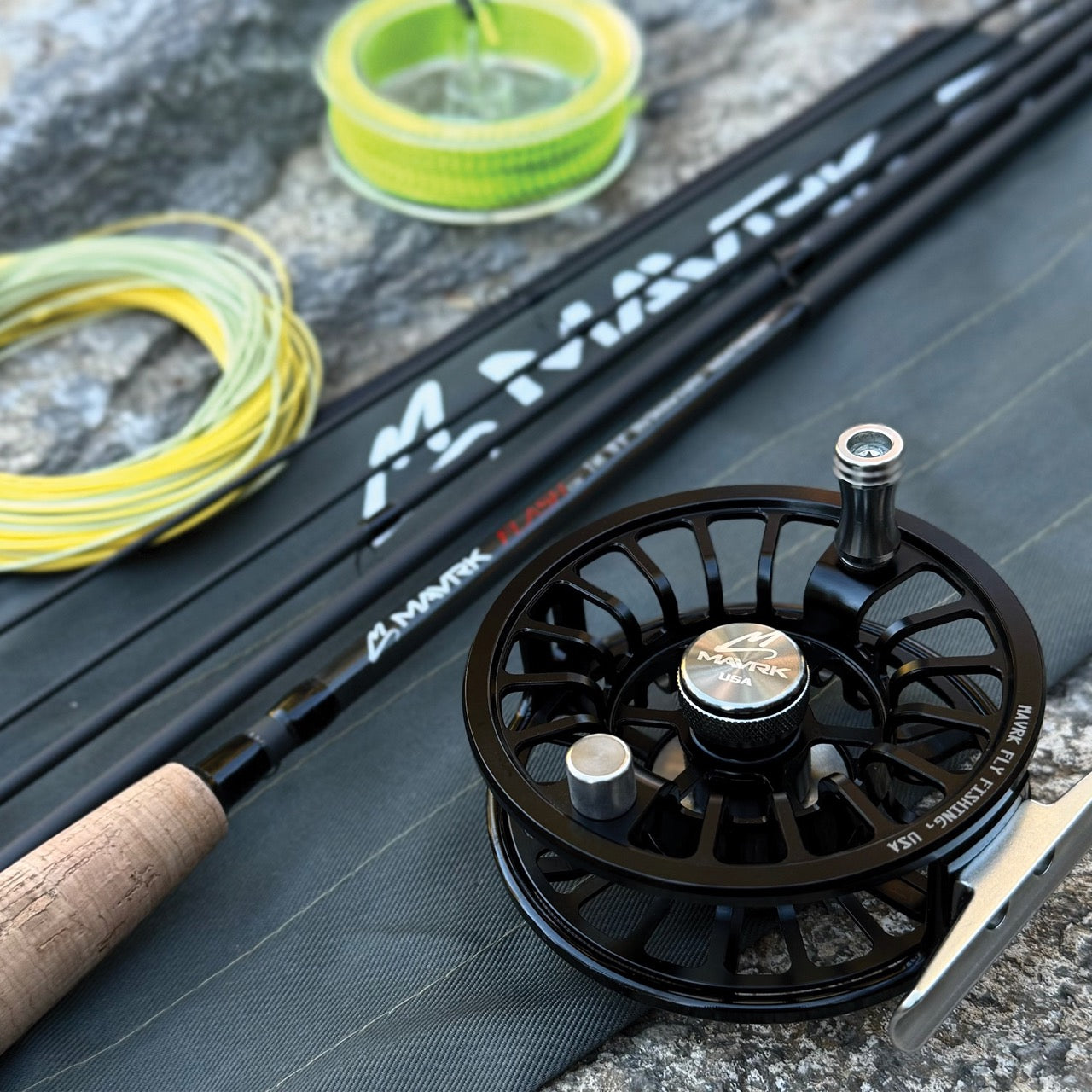
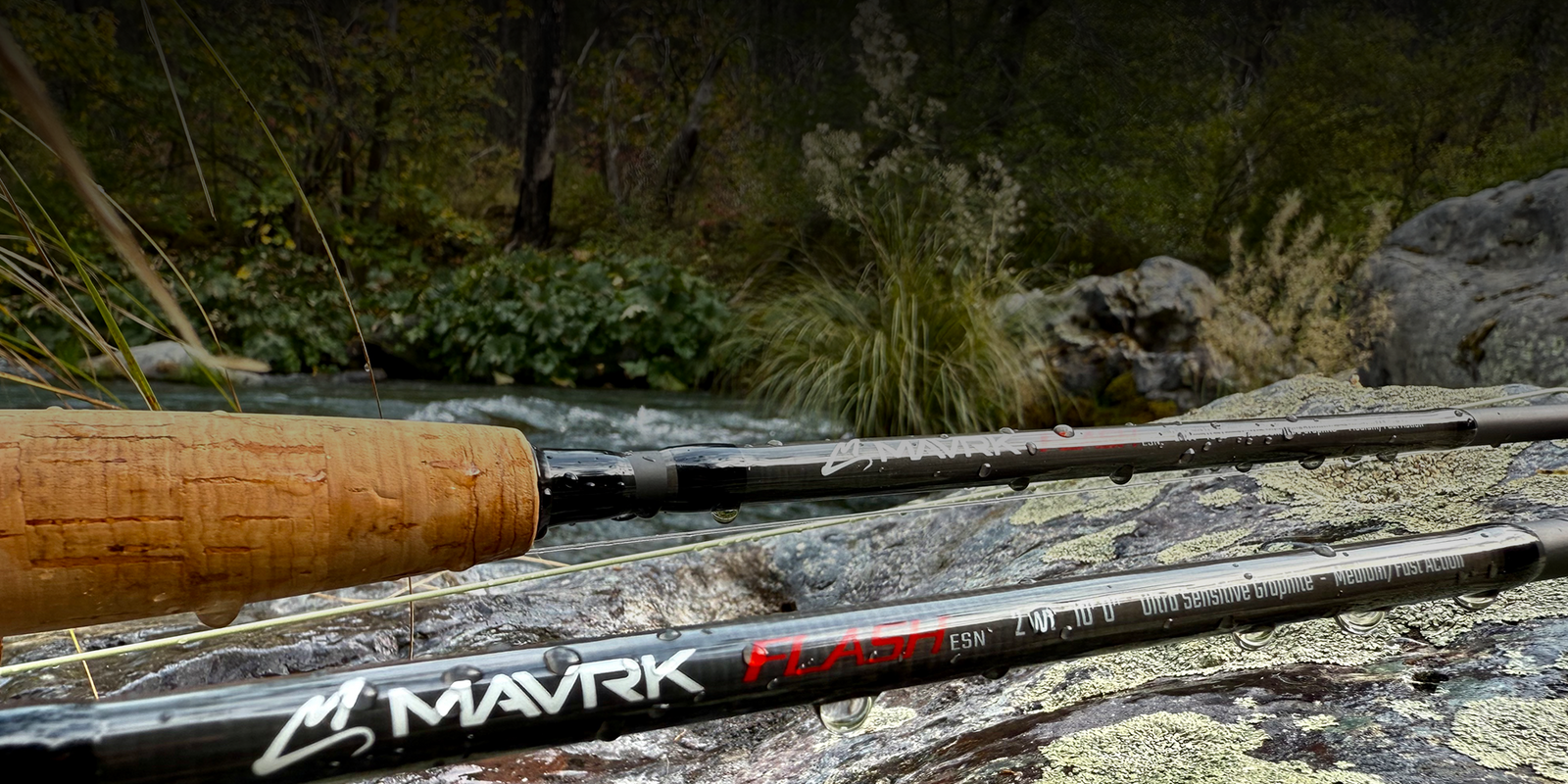
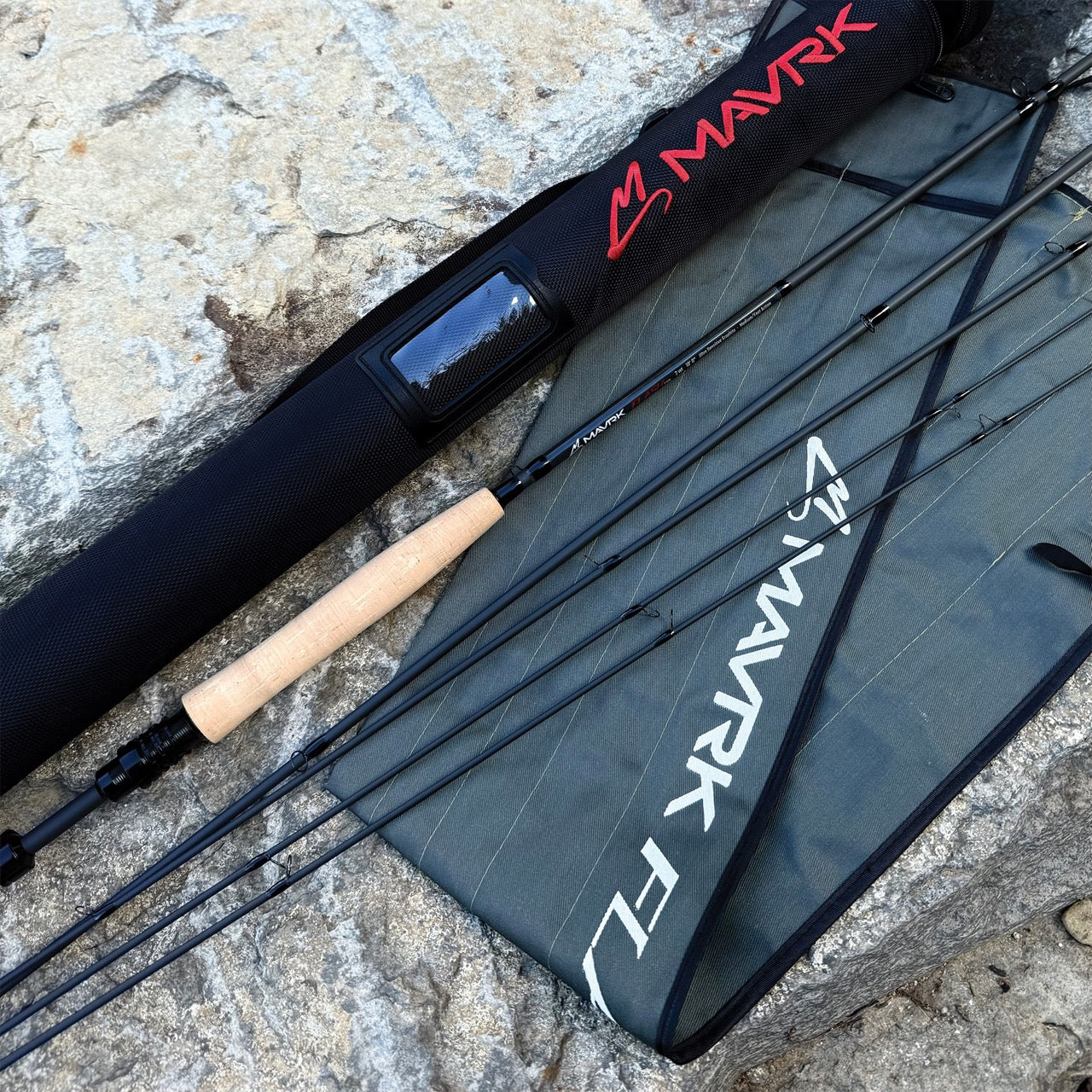






Leave a comment (all fields required)